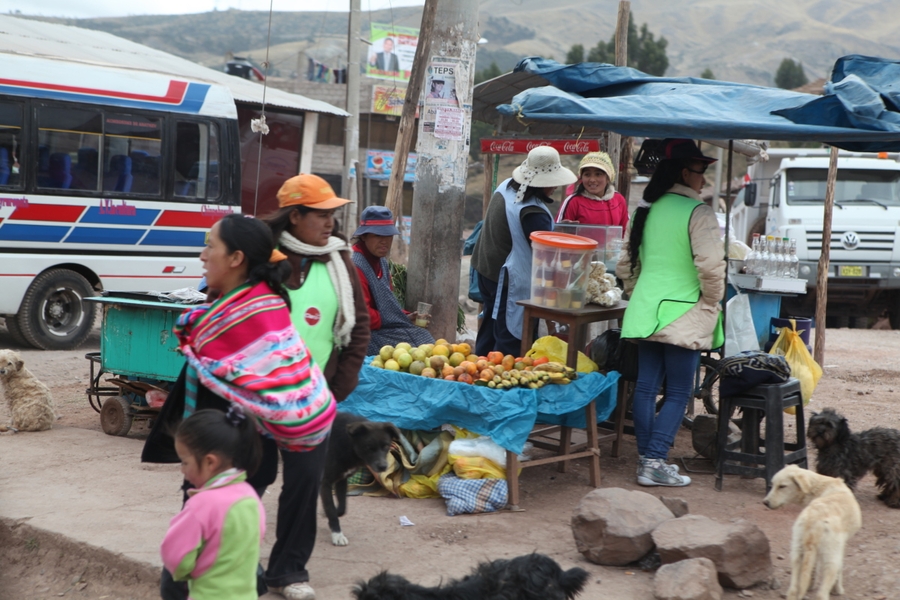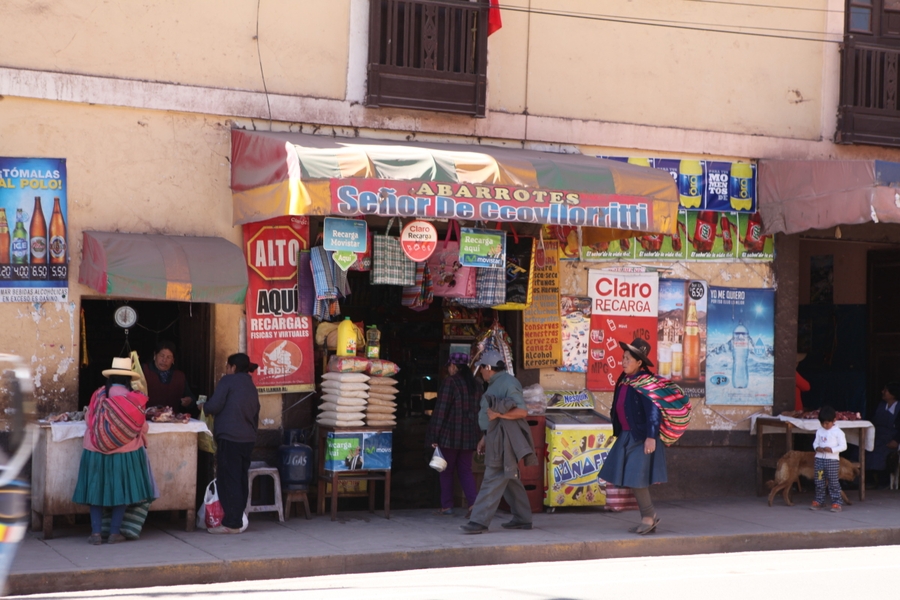Dating customs in peru
Dating > Dating customs in peru
Click here: ※ Dating customs in peru ※ ♥ Dating customs in peru
The Mountains, dominated by the Andes mountain range, occupy 30% of the territory and are home to 36% of the population. The Cooking Thing Next, on the list of pros, the incredible cuisine of Peru cannot be overlooked. Peruvians are fun, open-minded and generally very good looking.

Retrieved 15 February 2014. Generally, looking clean shows respect — and earns it. Child Rearing and Education. Between teenagers a kiss on the check between custodes and boys is common. Even if you make a faux pas, it will most likely be turned into a joke and laughed off possibly for years to come. Social Problems and Control. While Quechua was indeed imposed by the Incas on those they conquered, in fact, it was not their original language, rather, it was a coastal language that was often used by traders. Retrieved 31 January 2015. American chicks think being sarcastic is sexy, but they can be easy to connect with and often believe in true love. The shorter peoplewith darker skin are met down upon by the light skinned people with prominent cheekbones. The rich African influence also has contributed to a culturally and stylistically distinct variation of Peruvian Spanish.
In both town and countryside, notable examples of pre-Hispanic and mestizo lore abound in , songs, superstitions, and dances. I think a key element to mention is the military dictatorships of the 20th century which had deep impact on everyday lives since they closed the country to any outside influence for years.

Peru - The girls there are, usually, looking to meet travelers and cool foreigners. Peruvians maintain a very strong sense of national identity supported by a series of common characteristics such as language, religion, food, and music.

Load More Daily life and social customs There are distinct differences in the pattern of daily life for Peruvians, depending on their and whether they live in rural or urban settings. Most people who live in rural areas are very dependent on the agricultural cycle. The planting and harvesting periods, for example, are times that require a significant amount of hard work much of it communal , whereas other times of the year do not demand such intensive labour. Most work is done during daylight hours; people rise early and go to bed early. The herding of sheep, , and takes place at elevations above the limits of agriculture; pastoralists follow a distinct annual cycle that in many ways is more difficult and certainly more isolated than that of rural farmers. Relatively few of the poorer residents have good jobs within the formal Peruvian economy; often they must work two or three jobs, and they have less leisure time than other Peruvians. Such people make up the majority of the population in squatter settlements that surround the major urban areas. The most important meal is usually taken shortly after noon; most families assemble for this dinner. The early afternoon is reserved for the siesta nap hour, followed by a return to work for those who are employed; for those who are not, it is a time for relaxing, paying social visits, participating in sporting activities, or watching a favourite telenovela soap opera. The evening meal is usually very late and often taken away from home—while visiting with friends or in a restaurant or neighbourhood bar. Extended families frequently get together for birthday parties, weddings, baptisms, and other social events. For people of higher economic and , most daily tasks, such as cooking, house cleaning, and gardening, are performed by servants. Traditional Peruvian cuisine has much regional variation. In the highlands, most meals consist of potatoes along with other Andean tubers oca and ulluco, for example , grains such as quinoa, and protein from the meat of llamas, guinea pigs, chickens, and fish. In coastal areas, traditional cooking is called criollo style, with lots of rice, cassava yuca , tomatoes, onions, spicy peppers, and fresh seafood. Seviche raw fish marinated in lemon or lime juice is popular throughout Peru. In urban areas, people dress in typical Western-style clothing. In rural areas, however, traditional clothing styles date back to the colonial period. Each region in the Andes has distinctive hats, ponchos, blouses, skirts, and belts, often fabricated from homemade traditional textiles. Recreational activities vary as widely in Peru as do the social classes, but for everyone there are the fiestas, which are held by numerous across the country. These colourful events often celebrate religious themes, but some are held for holidays. Each village or town has at least one important annual festival that celebrates its patron saint; migrants to the cities often return home for these annual events. Other festivals—such as those that relate to the Cross of Motupe in northern coastal Peru, the Virgin of Copacabana near , in , or the Lord of Coylluriti on Ocongate Mountain south of Cuzco —are still of great regional importance for the people of Peru. In Cuzco the festival, Raymi, is celebrated each year on June 24th but is now more of a tourist celebration than a native one. Corpus Christi, in honour of the , is a movable celebration that is important throughout the country, particularly in Cuzco; it usually takes place in early June. The arts Folk culture Peruvian folk is deeply tinged with ancestral inheritance. In both town and countryside, notable examples of pre-Hispanic and mestizo lore abound in , songs, superstitions, and dances. Handicrafts, popular with tourists and collectors, provide a close link with such pre-Hispanic crafts as weaving, ceramics, and metalworking. Since the late 19th century, most writers have felt a ceaseless duty to analyze their society. Aves sin nido 1889; Birds Without a Nest , by Clorinda Matto de Turner, was the first of many books whose authors exposed the conditions of Indian life. Painting reached its zenith with the famous during the 17th and 18th centuries. Most of the thousands of paintings and sculptures are anonymous, and the works show resemblances both to and to Asian forms. Modern Peruvian art has followed an abstract course, notably in the work of the painter Fernando de Szyszlo and the sculptor Joaquin Roca Rey. Numerous galleries in Lima regularly display the works of contemporary Peruvian artists. Later, Luis Duncker Lavalle, who composed mainly for the piano, incorporated Peruvian motifs into Western forms. Lima is home to the National Symphony Orchestra and a philharmonic orchestra; both regularly perform the works of Peruvian as well as international composers. The sounds of this music can be heard today during festivals in rural areas, on street corners in tourist centres such as Cuzco, in the dining rooms of major hotels, and in penas nightclubs and chicherías bars throughout urban Peru. Peruvian panpipe ensembles have also performed throughout the world. Today indigenous forms of music have blended with Western forms to yield the huayno—an urbanized sound that emphasizes emotional lyrics and is a popular choice for dance music. A further mixing of huayno with other indigenous and Western musical styles results in chicha—Peruvian. Latin American music: Afro-Peruvian Watch a performance by Afro-Peruvian singer Eva Ayllón in Washington, D. © CCTV America The theatre is a popular institution in Peru, with a strong tradition dating to colonial times. National professional companies perform in major productions at the Municipal Theatre, which was built in Lima at the site of a colonial theatre dating to 1604. The concerts of the National Symphony Orchestra are also presented there, as are the performances of the main national and touring ballet and companies. Filmmaking in Peru is not well developed; most films produced there are short—full-length features being mostly imports. A number of Peruvian television programs, particularly telenovelas, are distributed throughout.
Last updated